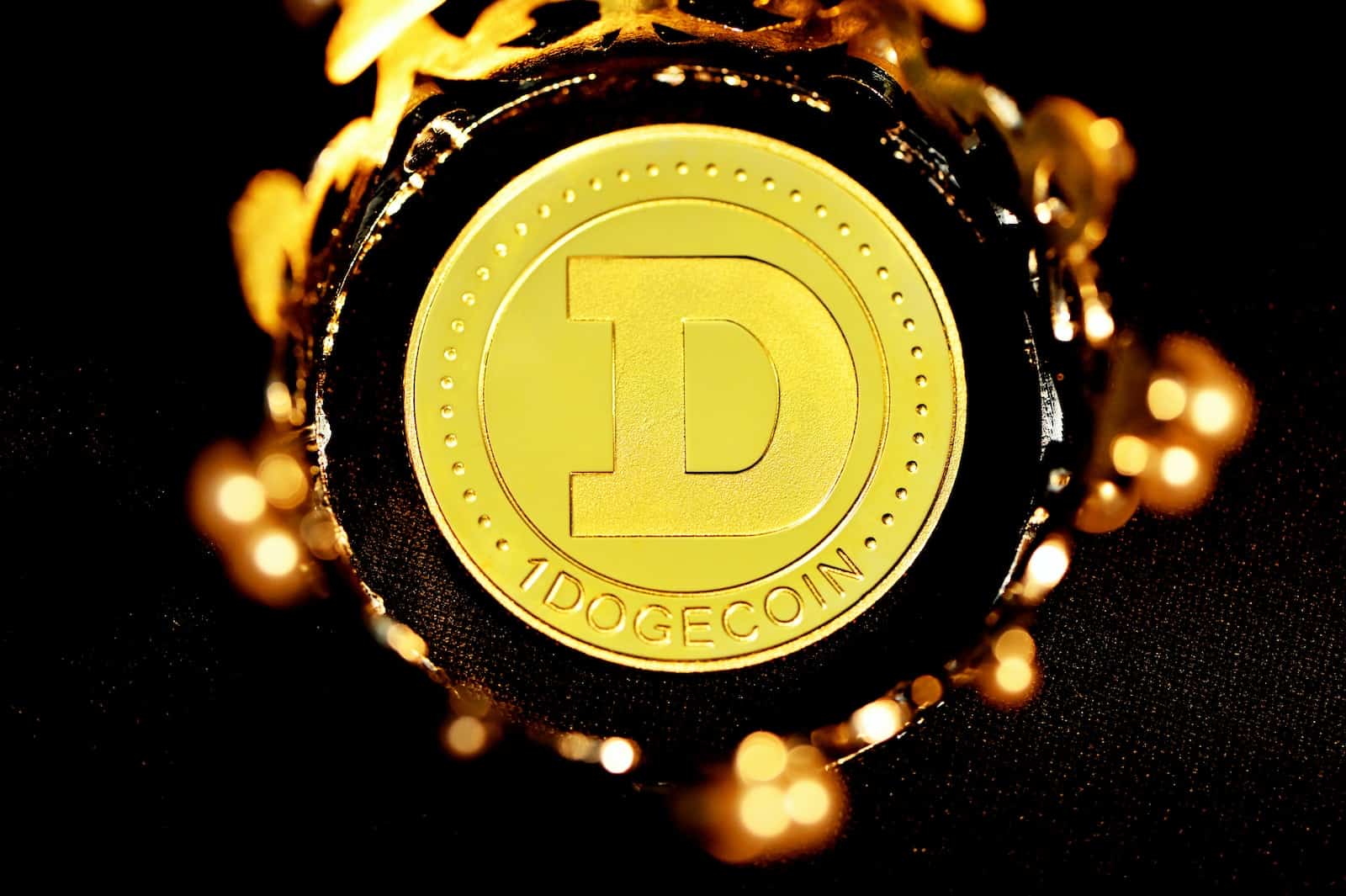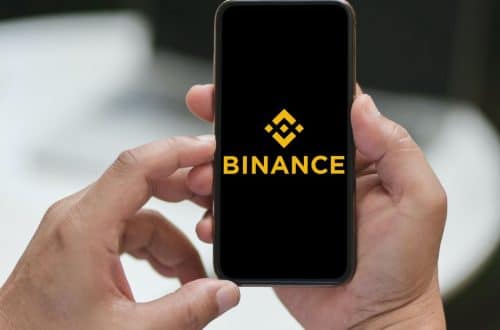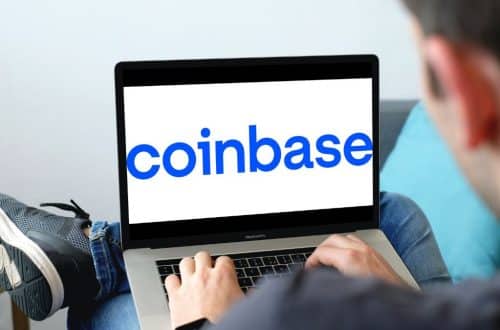
Difference Between Dogecoin & Ripple – A Comparison Guide
Dogecoin and Ripple are two controversial entries into the cryptocurrency market. Both are well known, not only to investors and speculators, but to the general public.
The question of which to purchase, dogecoin vs ripple, has perplexed many investors in cryptocurrencies. Each currency has strengths and weaknesses, and each might prove attractive. Each has its share of detractors and its share of defenders.
While it is unlikely that the debate will be resolved anytime soon, close study of both dogecoin and ripple will help you decide whether you wish to invest in these unusual cryptocurrencies. This comparison guide will discuss the similarities and differences between Ripple (XRP) and Dogecoin (DOGE) to help you understand the distinctions you need to know before investing.
Similarities Between Dogecoin and Ripple.
Dogecoin and ripple are both crypto-currencies designed as alternatives to established currencies and banking institutions. Consequently, both dogecoin and ripple share many features in common owing to their shared technological origins. Both Dogecoin and Ripple have somewhat unorthodox origins. Dogecoin began as a practical joke and a commentary on the nature of crypto-currency investing. Dogecoin then took on a life of its own, as investors began to treat it seriously. Ripple began as a product created by a company, Ripple Labs, in order to provide a quick method for banks to settle transactions between financial institutions. Originally a marker designed to prevent the need for currency foreign exchange conversions and costs, the ripple xrp token gained life as a crypto-currency when a secondary market developed.
Markets
Both Ripple and Dogecoin have active markets, with many active, enthusiastic investors who participate. Consequently, both Dogecoin and Ripple can be purchased, sold, and traded on established and respectable cryptocurrency exchanges everywhere. While Ripple was designed to be a resource for bank to bank settlement, there is also a secondary ripple market which allows for individual investment. Many investment services can assist you with investments or transactions in either Ripple or Dogecoin.
The ripple market capitalization stood at $ 17,348,594,104.59 as of June 27, 2022. The market cap of dogecoin on June 27, 2022 was $ 9,708,405,808.70.
Native Token Backed
Both Ripple and Dogecoin each have a native token. Ripple uses the xrp token (symbol: XRP). Dogecoin uses the doge token (symbol: DOGE).
Expandable and Autonomous
Both Ripple and Dogecoin are designed to be decentralized, expandable, and autonomous, thus dealing with the principal concerns which gave rise to crypto-currencies in the first place.
At first glance, it might be difficult to see how Ripple xrp is decentralized. It is explicitly intended to allow banks to settle transactions, which seems a highly centralized task. However, the transactions settled using ripple technology are kept on individual servers. Many of these servers, but not all, are owned by the parent company responsible for ripple, while others are owned by others. The servers maintain and compare shared ledgers, which are reconciled in order to resolve transactions. Because of the division of information and responsibility, even in a shared project, we can call ripple decentralized.
Because Dogecoin uses customary blockchain methods to allow individual exchanges of coins or value, we can call doge decentralized.
Differences Between Dogecoin and Ripple
There are many key differences between Dogecoin and Ripple, arising from the basic difference in purpose between the two. Ripple and Dogecoin have different uses, different goals, and different technical specifications, arising from the unique use for which Ripple was created.
Usability
Ripple was designed initially for banks and other financial institutions to use as an alternative financial settlement mechanism, without requiring extensive fiat currency conversion costs and risks. Ripple was conceived as a cryptocurrency replacement for the SWIFT system. Individuals may purchase XRP as an investment or to speculate on the price.
In contrast, Dogecoin, originally a parody of other, more established, cryptocurrencies, like Bitcoin, was created as a virtual currency which could be used by individuals or businesses to pay for goods and services. As a result, doge usability is thus similar to Bitcoin or Ethereum, but with somewhat less acceptance among vendors.
Goals
XRP’s goal is to provide a settlement mechanism for banks using Ripple technology that is quick, transparent,and safe. Because Ripple transactions resolve almost instantaneously, using XRP SWIFT billing systems can be replaced.
In contrast, Dogecoin aspires to be another cryptocurrency, acting as a store of value and a medium of exchange.
Coin Fundamentals
Ripple network technologies are designed to facilitate payments instantaneously. To process settlements, the ripple consensus mechanism depends on a common database of shared ledgers, checked and rechecked by participating servers, and backed with a cryptocurrency reserve.
The doge blockchain mechanism for settlement of individual payments is very similar to that of Bitcoin or other cryptocurrencies used for trade and exchange.
Funds Management
Ripple has a feature in which the firm releases a fixed amount of XRP every month. This ripple contracts mechanism places the XRP released in escrow to assist in transactions, provide currency to sell to approved investors, and to reward customers. Any unspent amount is returned to the escrow account at the end of the month.
Dogecoin has other means of injecting crypto coins into the marketplace, and lacks this limiting feature.
Because XRP was created by a company, Ripple, as a product designed to be used by the banking industry for settlement, xrp financial statements are routinely published every quarter as a means of providing transparency. Both the financial basis for xrp, and the company’s assessment of the larger crypto-currency market are extensively analysed. XRP financial statements can be found at ripple.com
Maximum Supply
The Ripple maximum supply is set at 100 billion XRP coins. Supply is periodically injected into the system by the fixed release of coins every month, but it is taken out of the system by transactions, by removing any unused coins in the escrow at month-end and by reserve requirements.
The Doge coin supply does not have any maximum limit. New Doge coins are offered for mining on a regular basis. Dogecoin was designed to have built-in inflation, unlike Bitcoin, which systematically reduces the amount introduced every year until the maximum is reached. Dogecoin is created at the rate of 5 billion coins per year. The creation of new coins is justified by the creators as a means of ensuring enough liquidity to make the currency attractive as a means of payment.
Mining
Ripple’s utility as a settlement mechanism depends on having a fixed, liquid supply of known value. Ripple mining would defeat that purpose, and so mining xrp does not occur.
In contrast, Dogecoin can be and is mined. Ten thousand (10,000) Dogecoins are created and distributed to miners with the solution of every block.
Tokenomics and Price History of Ripple (XRP) and Dogecoin (DOGE)
Ripple Labs is a corporation, employing several hundred people. It has a viable and independent business with many leading banks, including the Spanish Bank, Santander, which enable it to create, maintain, and sustain the Ripple XRP token.
In many ways, the “crypto-currency” used by Ripple Labs is a secondary part of the product. Many banks can and do use the company’s technology to settle transactions without reference to the token. This gives XRP an underlying stability and potential support not found in other crypto-currencies.
Which One Should You Buy?
Because of its unusual purpose, Ripple was subjected to regulatory action by the Securities and Exchange Commission (SEC) in 2020. The SEC ruled that XRP had to be considered and traded as a security, rather than a crypto-currency, and subjected to a great deal more disclosure and regulation.
In response, many crypto-currency exchanges de-listed and removed Ripple from their boards, and stopped dealing in xrp.
The SEC’s regulatory action slowed, but did not destroy the growth and prospects of Ripple as an investment over the last two years. As of this writing, June, 2022, Ripple appears to have recovered and bounced back.
Ripple has a purpose and a reason for being independent of the customary uses for crypto-currencies. It is quite possible that XRP can continue indefinitely, so long as it fulfills that business need.
In contrast, Dogecoin began, essentially, as a stunt, and has remained a small player compared to the two main crypto-currencies, Bitcoin and Ethereum. Dogecoin has yet to break out from the other, run-of-the-mill crypto-currencies, and unless it can do something to justify its existence, compared to the two leaders, its long-term prospects may be poor.
If you believe that your tolerance for risk and the prospects of the underlying company make it sensible to invest in ripple currency, then buying xrp may be a sound move.
Conclusion
Both Dogecoin and Ripple have devoted and enthusiastic followers and investors in crypto-currency. Although Dogecoin has attracted a tremendous “buzz” from publicity, Ripple may represent a shrewder long-term choice given its independent business and purpose for existence.







